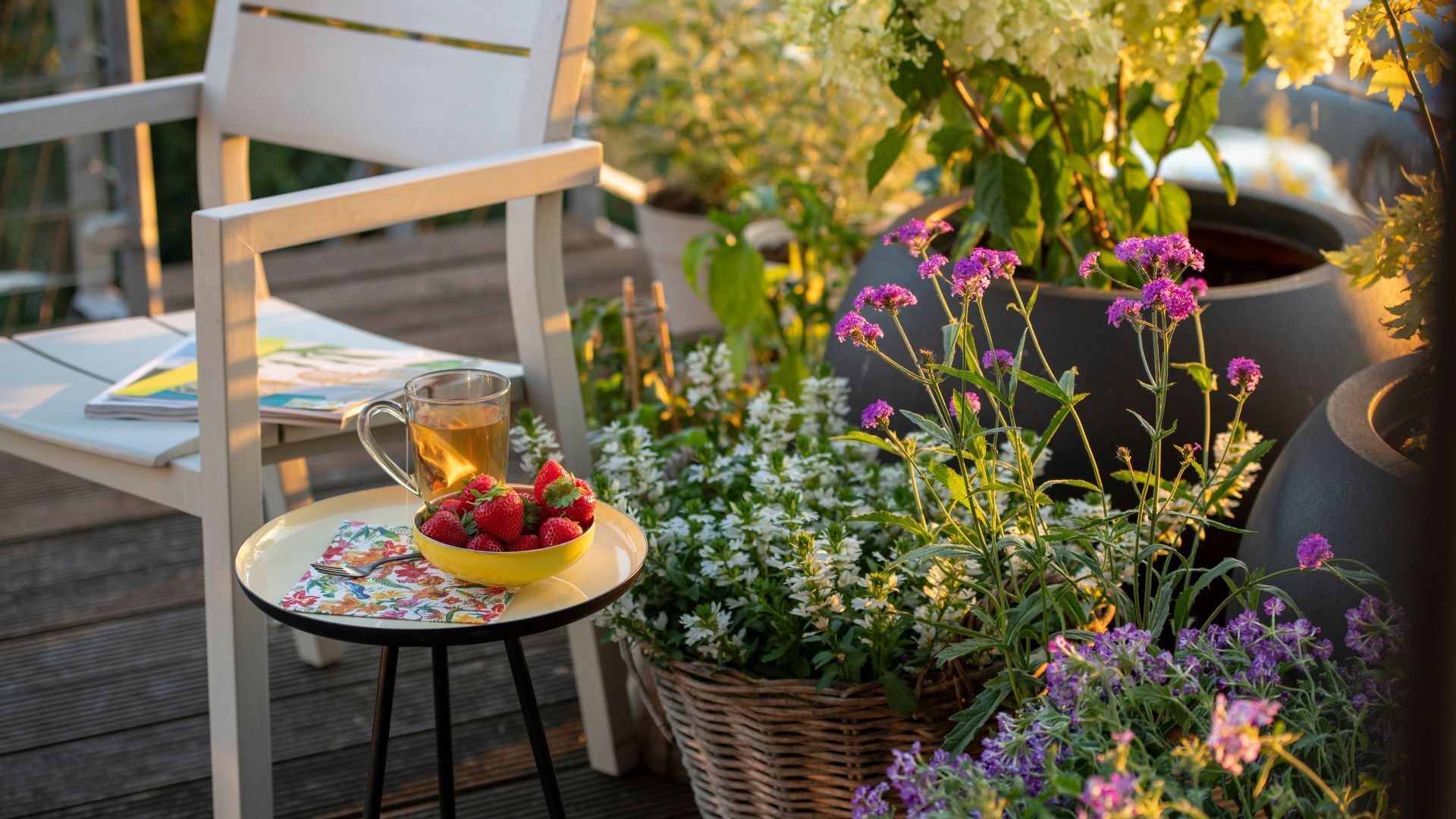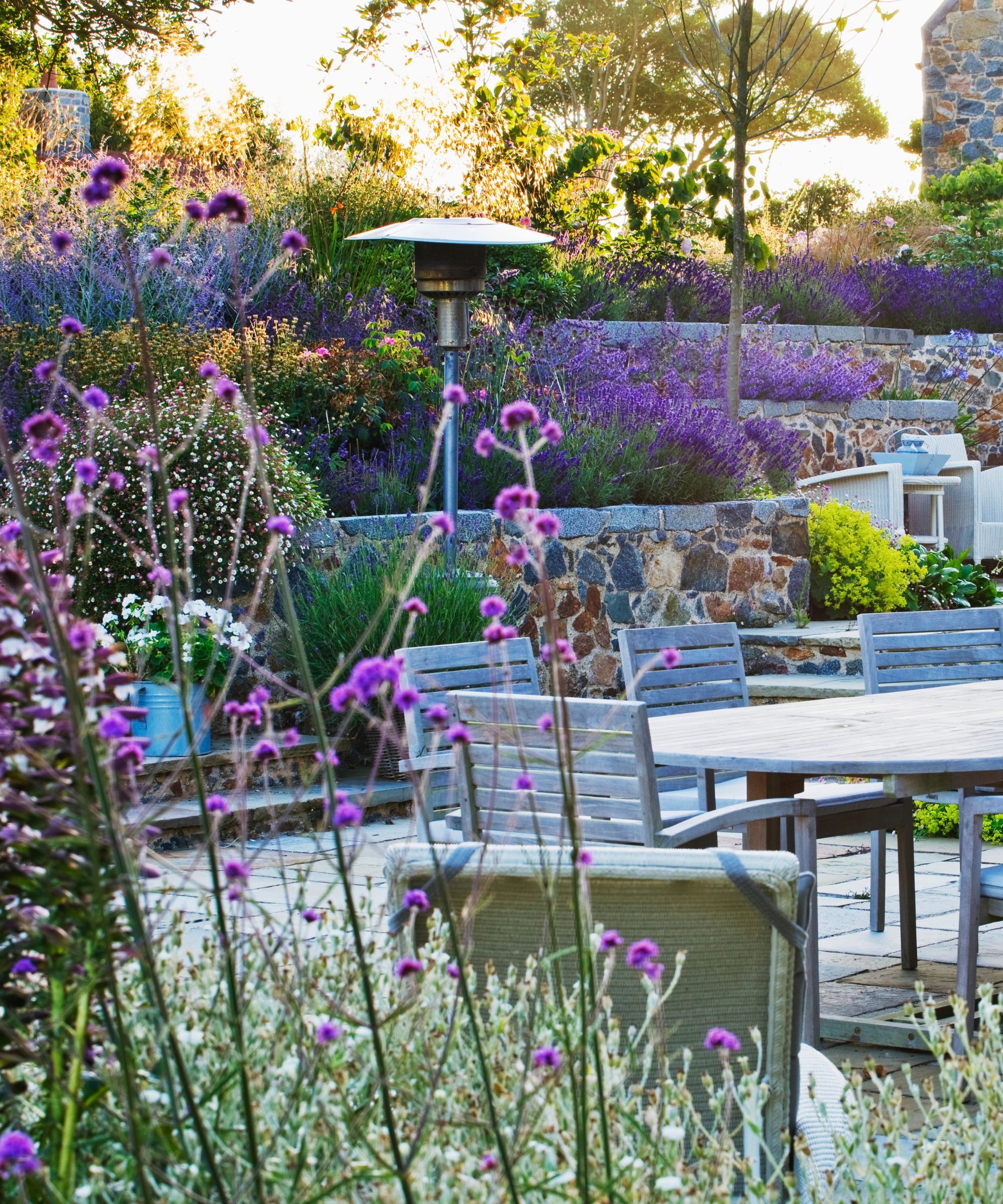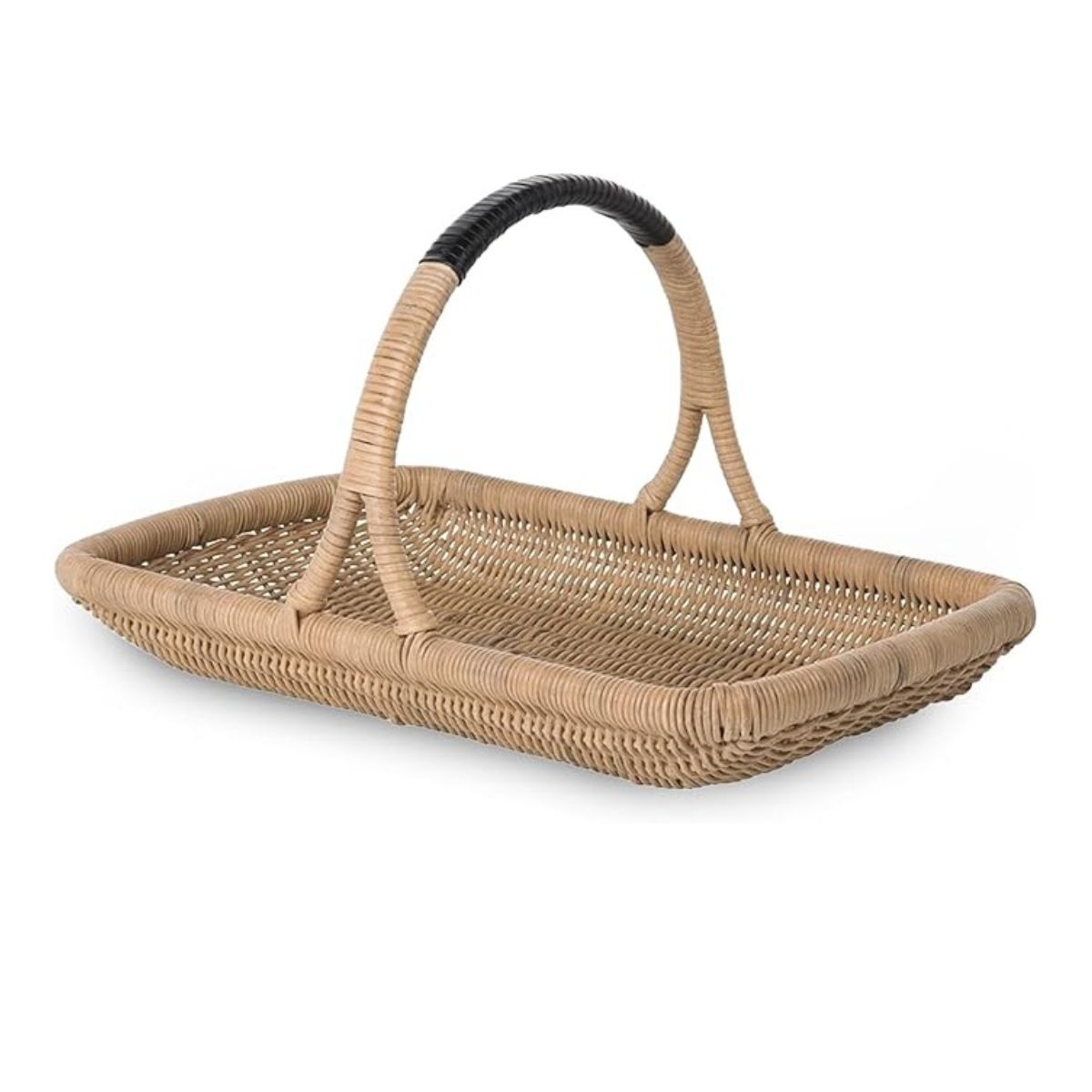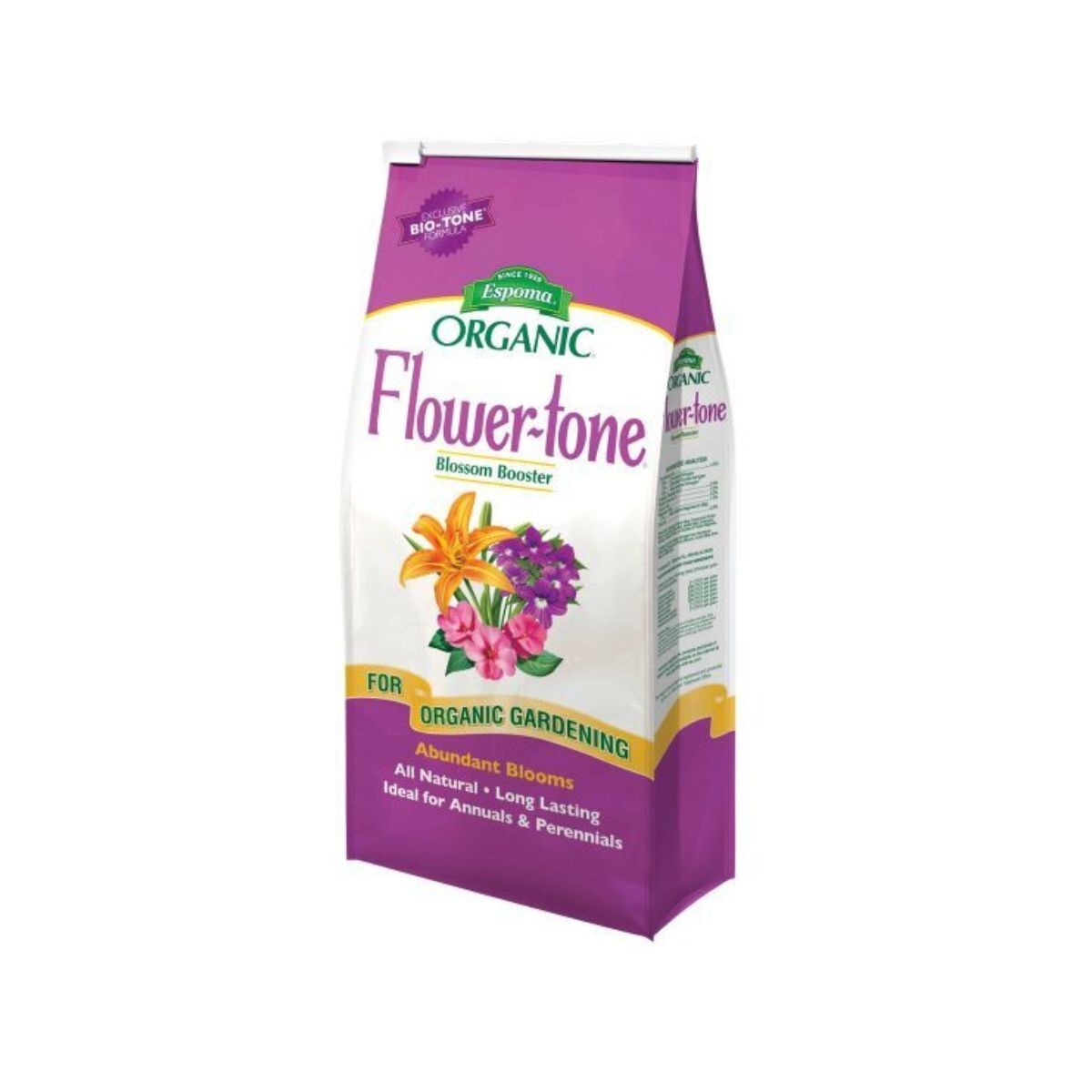How to deadhead verbena – for relentless flowering from this graceful bloom all summer long
Everything you need to know about deadheading verbena for a long season of interest

Verbena is an extremely floriferous and attractive group of herbaceous perennials. Many of us could not be without verbena, not least for their propensity to play pied piper to millions of butterflies, hummingbirds, and other pollinators. But there are many varieties of verbena, and whether or not you should deadhead your verbena flowers depends on the variety you are growing and your overarching gardening philosophy.
Happily, knowing how to grow verbena requires very little effort or exertion from the typical gardener. Verbena, in its many varieties, is refreshingly easy to grow, and if you're on the hunt for faff free low maintenance garden border ideas, then verbena, particularly the tall and handsome Verbena bonariensis, with its strongly architectural skeleton, should be top of your list. Verbena grows vigorously, and once its flowers begin to fade, the age-old question is inevitably asked: to deadhead or not to deadhead?
Here, we demystify the deadheading verbena debate and, should you feel deadheading verbena is right for your plants and your yard, we explain how to do this in simple steps.
Which varieties of verbena to deadhead

The simple answer is that it entirely depends on which variety of verbena you have, but on the whole, most perennial verbena varieties will flower all summer long right up to the first frosts, so it is not essential.
Some varieties of verbena will benefit from being deadheaded, and will flower for longer and more profusely if you do so. Those verbena varieties that should be deadheaded are:
Trailing verbena. Trailing varieties not only benefit from being deadheaded to produce more blooms, but they also tend to get a bit too leggy, so snipping them back keeps them healthier and able to focus their energy on flowering.
All annual verbena varieties. Deadheading will promote bushier growth and more flowers. If they're left and not deadheaded, plants can look tatty and tired. Once the flowers are spent, deadhead throughout the entire growing season.
Most other verbena varieties do not need to be deadheaded to produce more flowers. However, many like to deadhead verbena for aesthetic reasons - to keep their garden looking tidy and orderly.
If you like a more pared-back, minimal aesthetic, then it is likely you will be reaching for the scissors when those perky flowerheads start to look sloppy. In which case, rest assured, deadheading your verbena throughout the summer will only serve as a boon to your verbena plant, and it will resume its season of blazing glory.
If you prefer a more ethereal, blowsy, unmanicured aesthetic, then it might be worth leaving your verbena to its own devices. Deadheading verbena prevents it from self-seeding, attracting valuable wildlife to your garden, supporting insect life, and fulfilling its life cycle.
When to deadhead verbena

If you decide that you want to deadhead your verbena, it will only flourish as a result. The best time to deadhead verbena is when the first wave of flowers begins to fade away at the start of the summer.
If you don't deadhead when the first flush of blooms is fading, some verbena varieties will focus their energy on producing seeds to reproduce, and will not concern themselves with creating new flowers.
With this in mind, if you are keen to have an abundance of blooms throughout the entirety of summer, deadheading once the first flush of flowers begins to dwindle will prolong the flowering period.
You can deadhead verbena throughout the summer months, but after deadheading early in the summer, it isn't necessary to do so again, and they will continue to flower right up to the first frost.
However, if your upright verbenas are becoming too lofty and beginning to buckle under their weight, they can be trimmed back at any point in summer, and won't suffer one bit from it; they will simply continue to flower beautifully, but at a less intimidating height.
How to deadhead verbena

Deadheading verbena couldn't be more straightforward.
Check your verbena flowers are over (you don't want to lop off happy and healthy flowers). The flowers will look faded, limp, and dull. This means they are ready to be removed, and new flowers can emerge.
As ever, ensure your gardening shears or snips are clean. One of the most common deadheading mistakes is to skip this step and accidentally transfer disease to all of your plants.
Use your gardening snips or secateurs to cut off the upper section of the plants. Go easy on your verbena, and don't snip off more than one-third of the plant. Simply snip at the stem just behind the spent flower - no further down.
Leave the plant to its own devices, ensuring it is watered and fed as appropriate, and soon you will see new buds appear.
Shop deadheading essentials
It's worth also considering growing verbena from seed, as it is extremely straightforward and cost-effective. Just be sure to bear in mind that there are over 200 species of verbena, and many of them have different growing preferences specific to the climate found in different US hardiness zones.
If growing from seed sounds like too much hard work, and I for one am inclined to steer clear of growing from seed due to lack of space, time and patience, it is however well worth learning how to take verbena cuttings, as this will essentially give you lots more free verbena plants with no trips to the garden center necessary.
Design expertise in your inbox – from inspiring decorating ideas and beautiful celebrity homes to practical gardening advice and shopping round-ups.
Sophia Pouget de St Victor is the UK Editor at Homes & Gardens, leading the editorial direction for the UK facing Homes & Gardens website. She brings readers the latest trends, expert insights, and timeless design inspiration tailored for a UK audience.
She has previously worked in the luxury homes and interiors industry and studied Garden Design in London, where she mastered her passion for creating landscapes that have a visceral impact on their onlookers. Home, though, is where Sophia's heart is. While she adores a wide variety of interior styles, she prefers interiors with a uniqueness that challenges any definable style. That said, there's little she finds more indulgent than walking down Pimlico Road and admiring the window display at Robert Kime; she has always found his interiors perfectly judged for a home that exudes an easy, unforced elegance.
Sophia lives in West London with her partner, along with two very naughty wiry terriers, and a plump cat named Lettuce.
You must confirm your public display name before commenting
Please logout and then login again, you will then be prompted to enter your display name.


